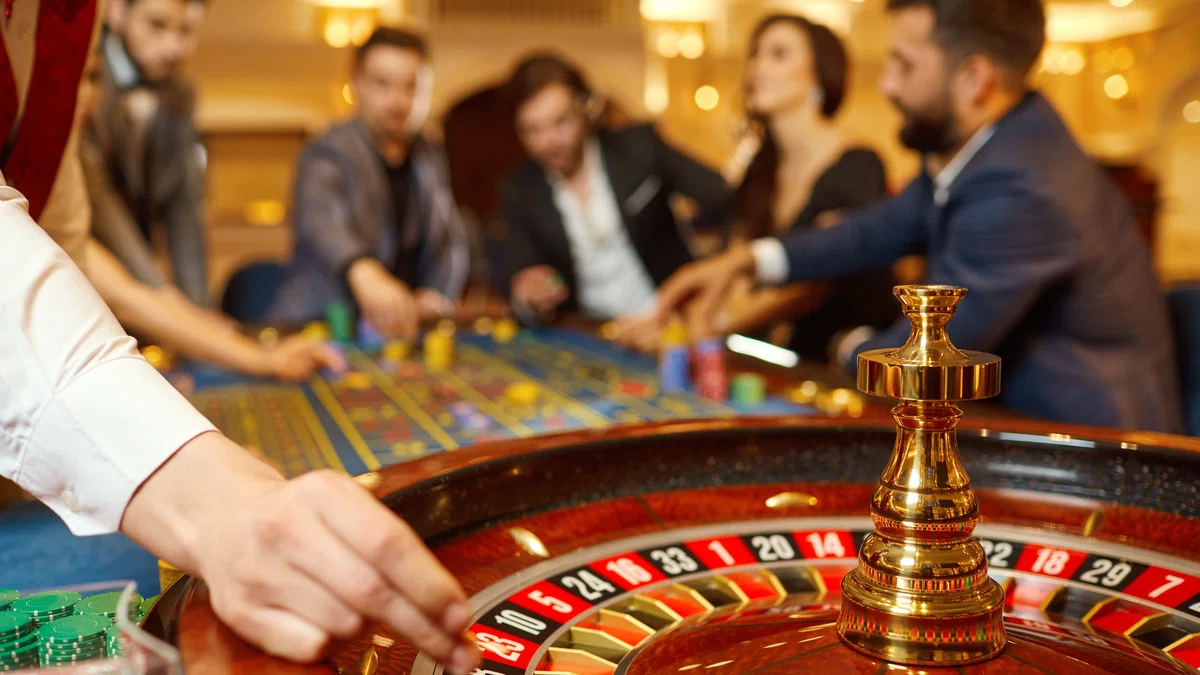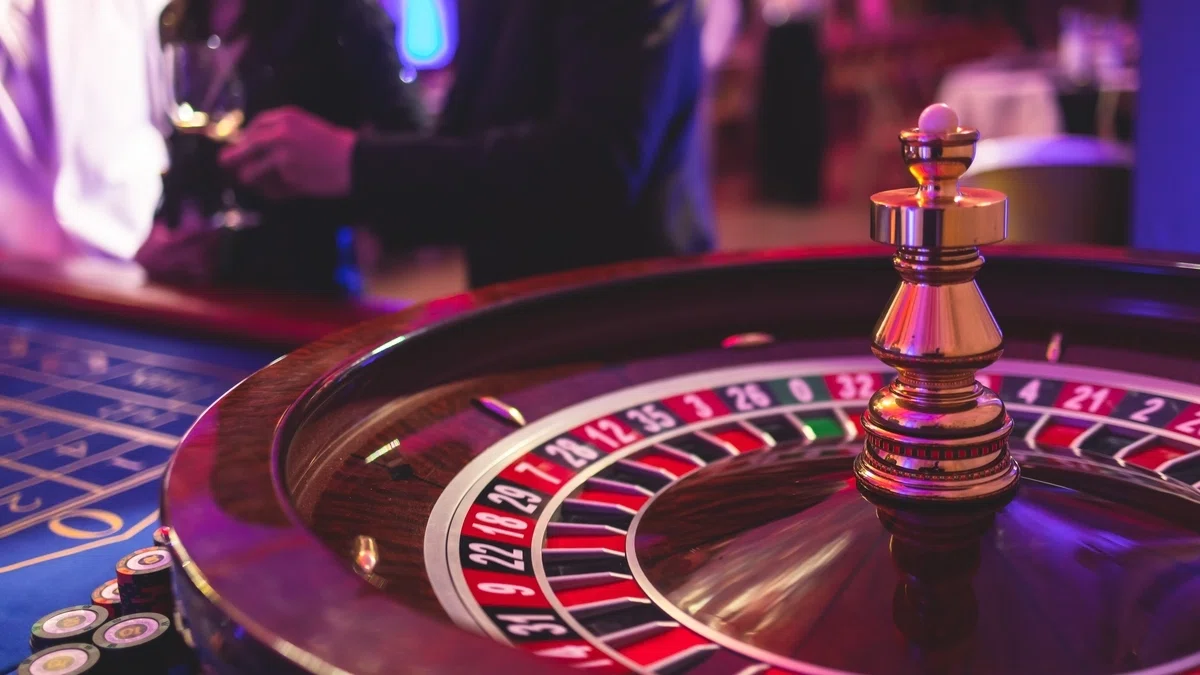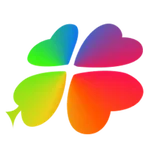In roulette, many players stick with inside or outside plays based on the table layout. However, there’s a more refined and wheel-based approach, which is call play – also known as announced play. These plays are perfect if you want to strategically cover specific sections of the roulette wheel.
In this article, you’ll get to know what call picks are and how to place them, as well as break down each major type and show advanced strategies to use european roulette call play effectively.
What Is Call Play and Announced Play?
A call or an announced pick refer to the same concept, a predefined choice of a specific section of the roulette wheel. Common call plays in roulette are Voisins du Zéro and Tiers du Cylindre and feature a combination of split, corner, or straight-up options. They cover particular numbers based on their proximity on the wheel, not the table.
These types of plays are especially common in european and french roulette, where the single-zero layout and the use of a roulette racetrack area on the table support them.
How to Call or Announce a Play
Placing a call pick in roulette is quick and intuitive once you understand the layout. Instead of manually playing on individual numbers, you use the racetrack, a special section of the roulette table designed to let you instantly play on specific wheel sections like Voisins du Zéro, Tiers du Cylindre, or Orphelins.
Follow these steps to place a call play in just a few clicks and cover multiple numbers that sit next to each other on the wheel:
1.Open the Racetrack
Most french or european roulette tables have a racetrack icon. Click it to expand the wheel-style layout and open the roulette call picks section.
2.Select the Play You Wish to Make
There are six plays you can call or announce, including:
- Voisins du Zéro (17 numbers around zero)
- Tiers du Cylindre (12 numbers opposite zero)
- Orphelins (8 scattered numbers)
- Jeu Zéro (7 numbers very close to 0)
- Neighbors (1 number plus its adjacent neighbors)
- Finals (all numbers ending in the same digit, like 7-17-27)
Each of these is linked to a specific group. They are not individual numbers but groups of splits, corners, or straight-up options.
3.Choose Your Chip Value
Select a chip value from the bottom of the screen (e.g., 1, 5, 10). This value is used per unit, not total.
For example, Voisins du Zéro uses 9x your playing unit. If you pick 2x, your total play will be 18.
4.Select the Play
Click the name of the play you want to call (e.g., “Voisins du Zéro”). The interface will highlight the numbers it covers and show you where the play amount will be placed.
5.Click to Place the Play
Click the name on the racetrack, and the game will automatically place the play in the correct places.
6.Spin and Cross Your Fingers
Once the the play is placed, spin the wheel. If the ball lands in one of the covered numbers, you win, and the payout depends on the play type (e.g., 17:1 for a split, 8:1 for a corner, 35:1 for a straight-up).
Related Posts:
Why You Should Place Call and Announced Picks
On the surface, roulette call picking may seem a little complicated, but once you’re comfortable with these roulette rules, they offer several practical advantages, including:
- Wheel-Based Logic: Since call plays in american roulette and european roulette are based on how numbers sit on the actual roulette wheel, they better reflect how the ball travels and where it may land. This makes this type of play a more spatially logical way to play compared to random numbers.
- Efficient Number Coverage: Instead of picking 10 separate plays across the table, a single call one lets you cover large sections of the wheel with far fewer bankroll usage and in less time.
- Visual Clarity: With the racetrack layout, it’s easy to see which section of the wheel you’re targeting. This improves focus and allows you to take advantage of the wheel if you notice patterns or dealer biases.

Different Types of Call Picks in Roulette
Plays you can call or announce are grouped based on which section of the roulette wheel they cover. Keep reading to learn the main types, how many numbers each covers, and their typical odds:
Voisins du Zéro (Neighbors of Zero)
This is the most well-known call option and covers 17 numbers around the zero on the wheel. Specifically, it stretches from number 22 to number 25 clockwise, which makes it the largest sectional play.
You’ll need 9x the play to cover it: a mix of splits and corner plays placed to cover the cluster. This play has a high hit frequency (~46%), and it’s often used as a defensive strategy.
Tiers du Cylindre (Third of the Wheel)
“Tiers” translates to “third,” and that’s exactly what this play targets – one-third of the wheel, opposite the zero. It includes 12 numbers from 27 to 33, clockwise.
The layout uses six split plays, each with one chip. Because it only uses 6x and covers a significant portion of the wheel, it’s ideal if you want decent odds (~32%) without spreading your bankroll too thin.
Orphelins (The Orphans)
This call pick covers the two leftover sections not included in Voisins or Tiers, hence the name Orphans. These are 8 numbers in two distant sections of the wheel: 1, 6, 9, 14, 17, 20, 31, and 34. It requires 5x your play unit – one straight-up play on 1, and four split ones for the rest.
The Orphelins play is less predictable and hits less often (~21.6%) but pays generously when it does.
Jeu Zéro (Zero Game)
The single-zero roulette call picks focus tightly around the zero and include seven numbers closest to it: 12, 35, 3, 26, 0, 32, and 15. It uses 4x the play unit – three splits and one straight-up on number 26. The “Zero Game” is essentially a compact version of Voisins, covering a smaller but more concentrated area. With less bankroll usage and slightly lower odds (~18.9%), you can make this choice when you want to play the zero zone with less risk.
Neighbors (Voisins)
This flexible option lets you choose any single number on the wheel, then covers that number plus its two immediate roulette neighbors on either side, for a total of 5 numbers. Each number gets one chip, and all are straight-up plays.
If you’re convinced that the ball may land near a specific number but want a safety net on either side, then we recommend trying the Neighbors play. It’s often used in dealer signature strategies or in combination with hot number tracking.
Finales
The Final play groups numbers based on their last digit. For example, “Finales 7” means you’re picking all numbers ending in 7: 7, 17, and 27. You can place them using straight-up chips, and some variations (e.g., Finales à Cheval) use split plays for more efficient coverage.
These plays don’t follow the wheel structure but are great if you want to target specific numerical patterns. Also, if you believe in the power of lucky sevens, then Final is your best choice!
Advanced Strategy for Announced and Call Play
Generic roulette advice often centers on roulette bankroll management or play progression. But with european and american roulette call play, strategy becomes more analytical, and in some cases, more predictive. Here are some tips on how to use them wisely:
1.Target Specific Wheel Zones Based on Spin Behavior
If you’ve watched a dealer spin for several rounds, observe where the ball tends to land. Many roulette enthusiasts believe in “dealer signature”, the idea that some dealers consistently hit certain sections of the wheel. If you spot one, use a play that targets that zone. For instance, if numbers near 0 keep landing, consider Jeu Zéro or Voisins du Zéro.
2.Use Neighbors as a Precision Tool
If you feel confident that a specific number might hit, place a neighbors play centered on that number. This gives you targeted but forgiving coverage, since the ball often bounces within a small area when landing.
3.Combine Call Play with Outside Play for Layered Roulette Coverage
Mix a call pick such as “Tiers” with an outside play like Even or Red to increase your chance of partial wins.
4.Use Orphelins as a Surprise Element
Orphelins are spread out and feature numbers not covered by the other major call plays. If the table is quiet on those numbers and you notice they’ve come up recently, throw in an Orphelins play. The risk is higher, but so is the potential win.
5.Gradually Adjust Your Bankroll
If you’re on a winning streak, resist the urge to leap to high-stakes versions of Voisins or Tiers. Instead, keep your play structure consistent but slowly increase your unit size. With this strategy, you keep the same number coverage but boost your potential returns.
Conclusion
Unlike traditional plays that focus on a flat table layout, roulette call picks let you interact with the actual shape of the wheel, where you predict the ball will land in particular zones.
With six announced calls to choose from, they’re adaptable to your risk tolerance and profit goals. You can play it safe with Voisins du Zéro, go for glory with Orphelins, or take advantage of the dealer’s signature with Neighbors.
Next time you sit at a roulette game and hear someone call out, “Tiers du Cylindre, 50,” you’ll know exactly what they’re doing and why it might be worth placing the same play!
Try it today at McLuck social casino.
Related Posts:

